Fresh Banana Leaves Book Review
Check out this review of Fresh Banana Leaves: Healing Indigenous Landscapes Through Indigenous Science, by Jessica Hernandez, Ph.D. if you’re interested in learning more about environmental sciences from the perspective of a transnational Indigenous woman navigating racism and classism while working to heal and restore the land.
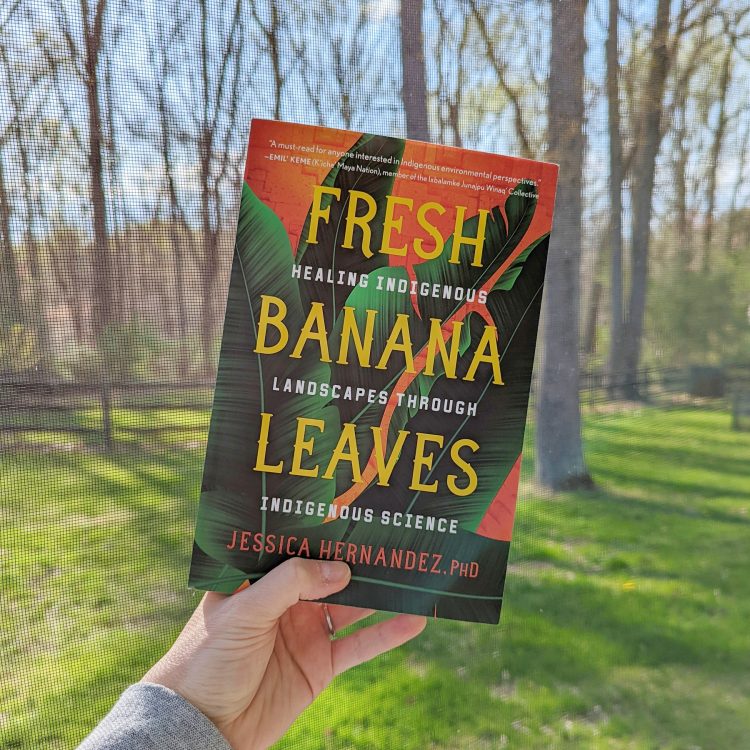
Although I’m a couple of weeks late, I finally got around to reading Fresh Banana Leaves: Healing Indigenous Landscapes Through Indigenous Science, by Jessica Hernandez, Ph.D., the March selection for the 2022 Honestly Good Eco Book Club. I liked the book, but it was not at all what I anticipated.
Based on the title and its description on several book-selling platforms, I expected Fresh Banana Leaves: Healing Indigenous Landscapes Through Indigenous Science to offer ideas about how we can apply long-standing Indigenous environmental science and wisdom to our current climate challenges and environmental peril. Despite its subtitle, however, this book is really more about the marginalization of Indigenous people throughout North and Central America and how Indigenous environmental science and management are undervalued and ignored.
The author, Jessica Hernandez, Ph.D., is a Maya Ch’orti’ and Zapotec environmental scientist and founder of the environmental agency Piña Soul. As a resident of the United States with a Ph.D. in environmental science, she has deep experiences of her own and those of her extended family to understand the complex and harmful social caste systems that marginalize Indigenous people in North and Central America. Countries in these areas operate under systems of settler colonialism, or systems that continue to grant settlers (generally aligned with whiteness) power and privilege over others in the systems under which society operates.
I learned a lot from this book about how Indigenous people are marginalized, left out of conversations about how to manage their land and their communities, and unfairly overlooked as naive or ignorant because Indigenous science and wisdom don’t align with Western science and research.
Hernandez highlights through her own experiences and other stories how Western ideas of “progress” and “profit” routinely overshadow and disregard Indigenous ideas about protecting and preserving cultures and communities. Further, she offers many examples of how Indigenous knowledge and culture are often co-opted by others for their benefit through appropriation and outright theft.
But as I finished the book, I found myself wondering if I’d missed something. Based on the book’s description, I expected to learn more about the Indigenous science solutions we could look to for guidance about how to heal and restore the land and our communities.
For example, on the back of the book, the description says:
” Hernandez … introduces and contextualizes indigenous environmental knowledge and proposes a vision of land stewardship that heals rather than displaces, that generates rather than destroys.”
She definitely introduced and contextualized Indigenous environmental knowledge. She often references the importance of creating a seat at the table for Indigenous communities. She also discusses Indigenous communities setting a new figurative table from which they lead movements of land stewardship. I agree with these ideas and know they are important.
As far as proposing a vision for land stewardship, however, the book touches on some Indigenous land management practices. But it doesn’t discuss in much depth what those solutions might be and how we could apply them more broadly.
At times, the book felt repetitive and disjointed. Midway through the book, I checked to see if it was published through a publishing house or self-published. Hernandez clearly has a wealth of valuable knowledge to share that’s definitely worth reading, but this book seems to have missed a thorough editing process.
While the content of the book is valuable, it wasn’t what I expected.
To gauge my perception of the book, I jumped over to Goodreads to see if other reviewers had any similar thoughts. Two of the top reviews summarized my sentiments well:
One reviewer, named Haden, wrote:
“The ideas were great. There was a great book somewhere in here, but Hernandez was absolutely failed by the publishing house’s editing team–to the point where I wonder if they even afforded her one.”
In her review, Haden goes on to list some specific examples of editing failures that I also noticed while reading the book.
Another reviewer, named Meredith Martinez, wrote:
“I was expecting examples of how Indigenous science and practices have been used in sustainable agriculture, forestry, etc. and how those practices might be applied again/on a broader scale. I did see this some in the book (the discussion of milpas, examples of partnerships founded by Indigenous women that uplift the communities), but the focus was more on the need to decolonize/center Indigenous voices in the discussion instead of providing scientific (even if not scientific in the Western lens) examples.”
She continues:
“I found this book repetitive (with the same examples and explanations used in multiple chapters) … To me, the writing needed an editor to help tighten things up and make sure things flowed together. Some of the chapters felt very separate from each other (as though they were written as individual chapters out of context of the whole book and then stitched together in manuscript format), which could explain the repetitiveness of parts of it.”
In the end, I’m glad I read the book. It’s not particularly long or dense, making it approachable for a broad audience, and it offers some really valuable insights into the lived experiences of a transnational Indigenous woman navigating racism and classism in the environmental sciences and in life more broadly. But I don’t think the description sets the stage for readers to anticipate what they’re getting.
Further, I think the very important messages could have been more powerful with a better editor or editing process. I hope we get to hear more from Hernandez in future books, and I look forward to listening to a few of the podcasts on which she’s recently been a guest to further supplement my learning on the topics she covered in this book.
If you’ve read the book, I’d love to hear what you thought about it. Share in the comments if you’re up for it.

Jen Panaro
Jen Panaro, founder and editor-in-chief of Honestly Modern, is a self-proclaimed composting nerd and advocate for sustainable living for modern families. To find her latest work, subscribe to her newsletter, Stepping Stones.
In her spare time, she’s a serial library book borrower, a messy gardener, and a mom of two boys who spends a lot of time in hockey rinks and on baseball fields.
You can find more of her work at Raising Global Kidizens, an online space to help parents and caregivers raise the next generation of responsible global citizens.

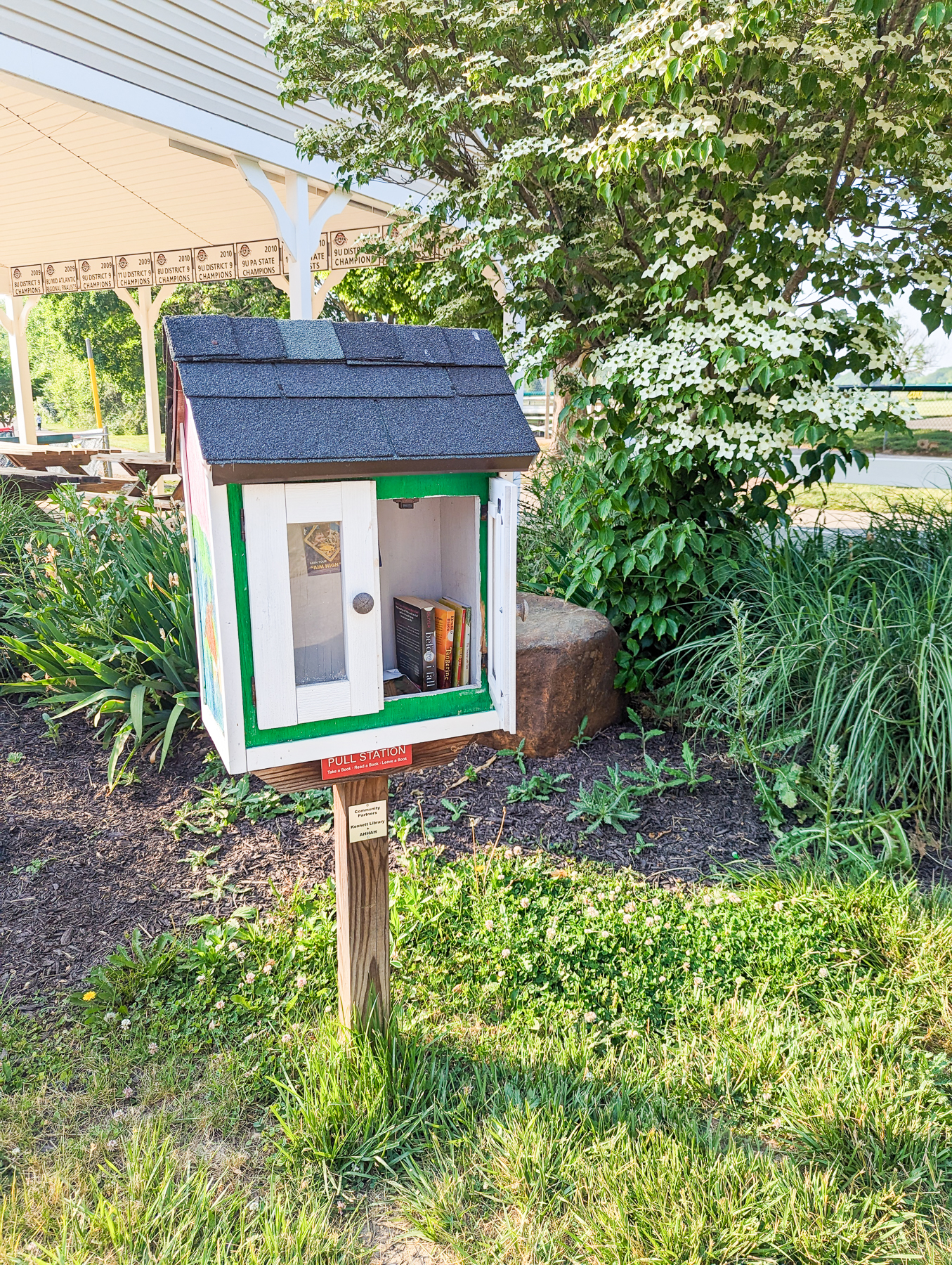
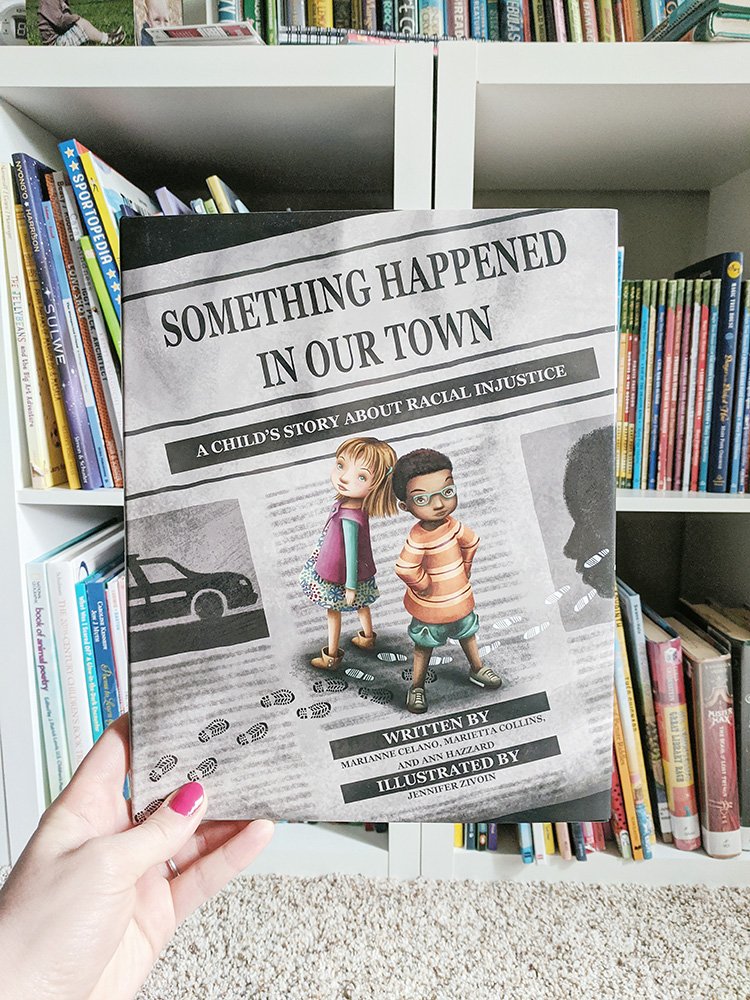
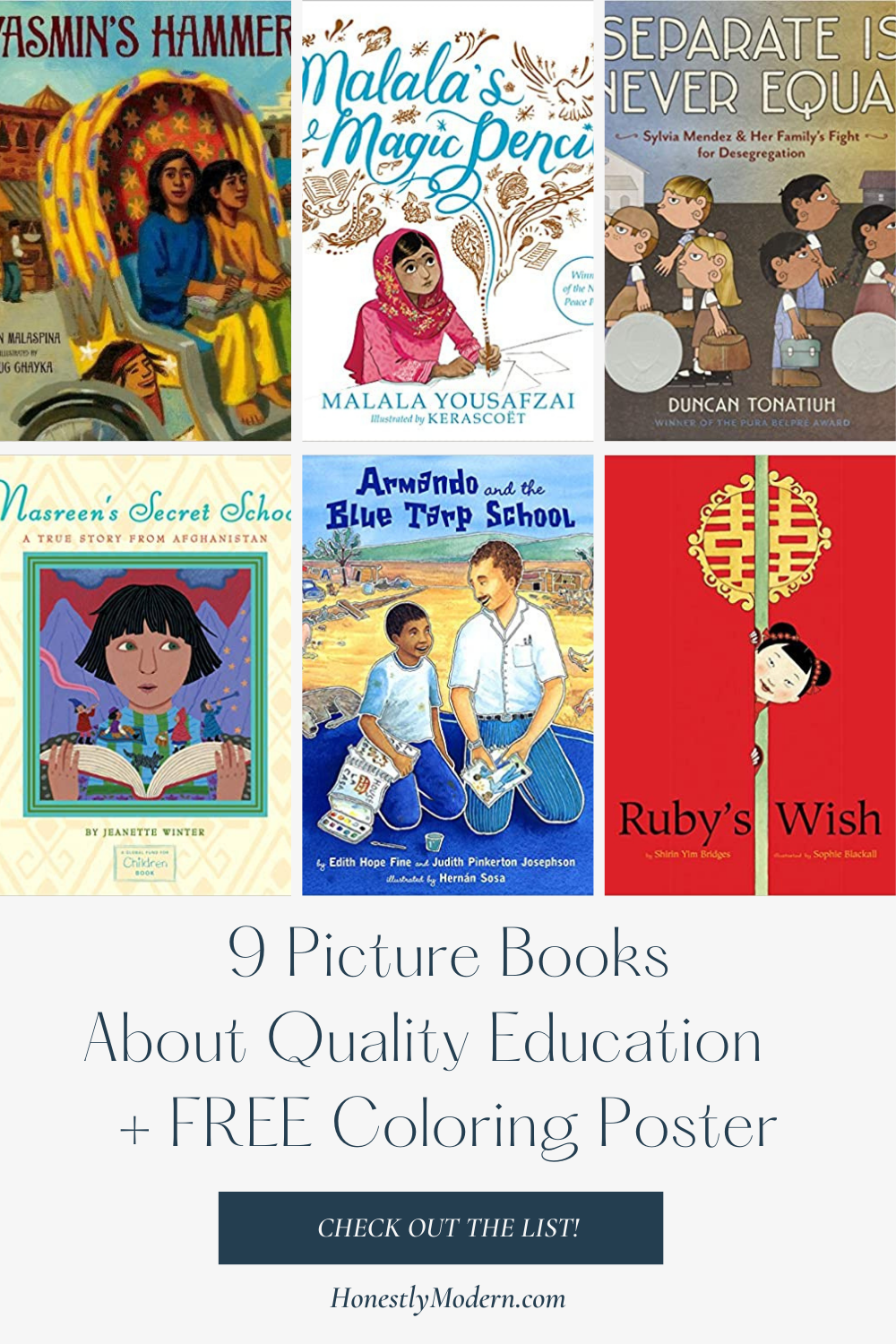
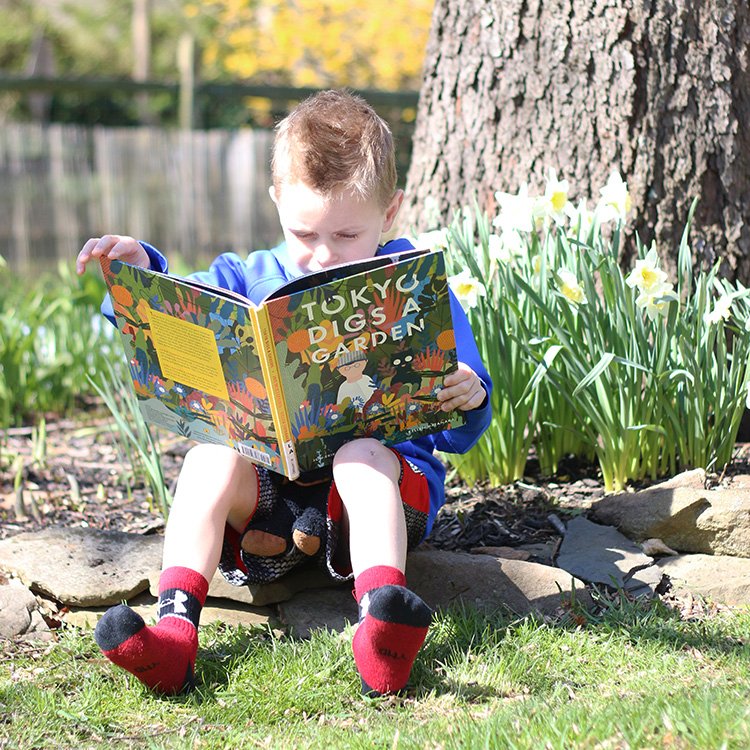

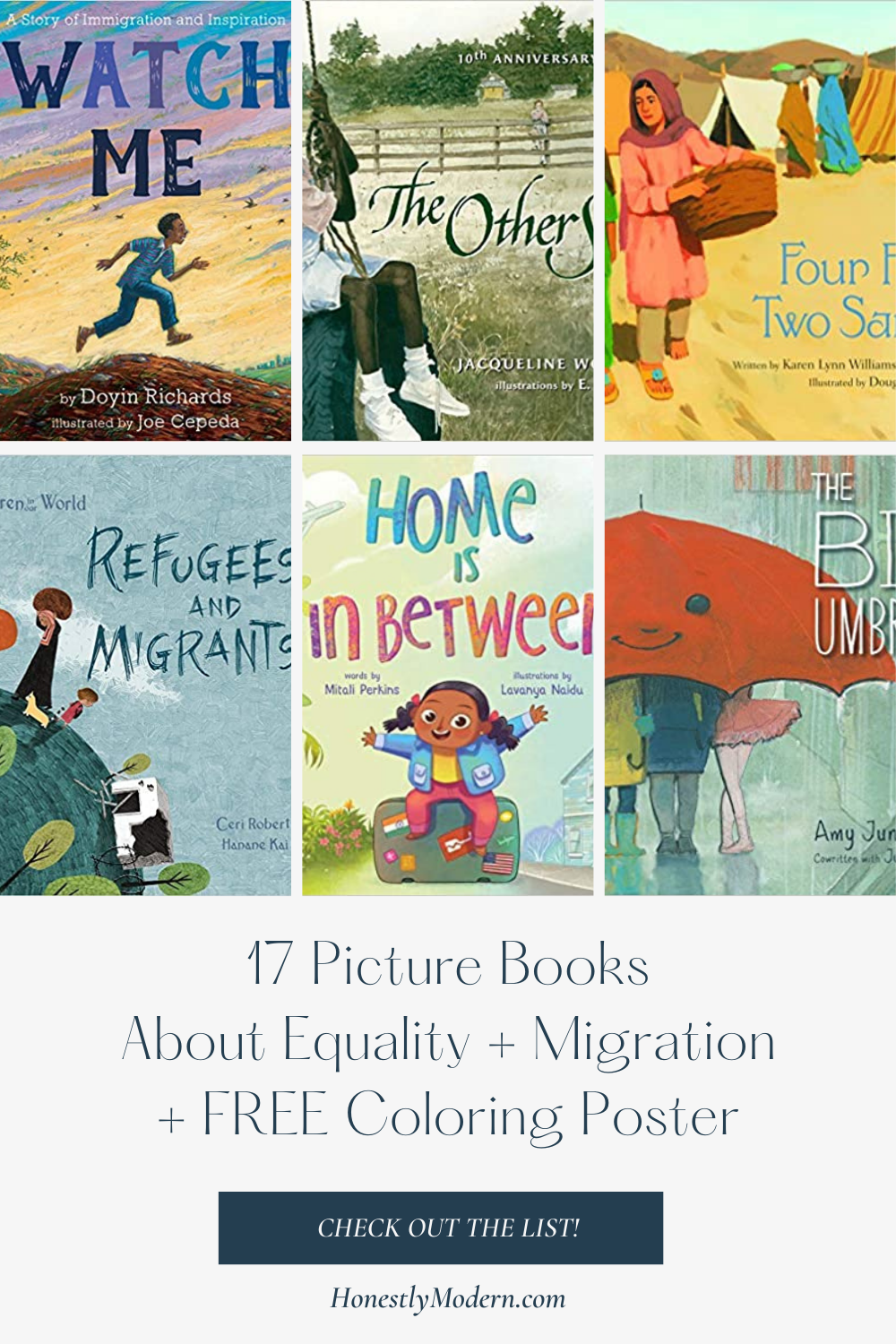

This book was written for indigenous people. Of course with the understanding that others would read it, but it should be said that the many posts looking for and expecting the colonized, peer reviewed standard of sources to prove the author’s point, were unfulfilled to those readers because they thought this book was for them. They felt entitled to indigenous knowledge and practices and were expecting for it to be shared with them in this book. That knowledge is privileged. Indigenous people don’t want other people to learn our ways so that they can apply it to their practices and capitalize off of it just to dismiss the parts that would prove how detrimental western white philosophy and capitalism is for conservation efforts throughout the world. This is the indigenous environmental perspective of how indigenous science is being used to heal indigenous landscapes from someone who also has academic merit within western science. The repetitiveness of themes in the essays are due to the fact that colonization plays a role in every aspect.
If you are reading this book and are analyzing it from a western colonized lens, you would probably finish the book with the same rating as people whose dissatisfaction stems from the entitled expectation that the author’s objective was to prove the validity of indigenous science to a mainstream audience. So again, this book was written for indigenous people. We are already aware of the validity of indigenous science that has been practiced for thousands of years before settler colonialism. The proof is in the decline of the environment since our lands have been stolen, occupied and exploited. Why would an indigenous person need to prove to another indigenous person the validity of something we already accept as truth? We wouldn’t.
It’s hard for white people to accept that they are not the standard and that not everything is for them. Once that is understood, the lens a non-indigenous person can analyze this book from is through a lens of an ally.
Hi Caela — Thanks for sharing your thoughts. I entirely agree that Indigenous knowledge doesn’t need Western scientific validation; it’s a wholly different, wonderful, and effective way of approaching our relationship with the planet and all living things. As you mention, the proof is in how the environment has fared under Indigenous vs. Western environmental science.
That being said, I’m not sure the author intended to write the book for only Indigenous people. I can’t speak for the author, of course, but the cover of the book seems to convey otherwise. It states things like “introduces and contextualizes Indigenous environmental knowledge and proposes a land stewardship that heals rather than displaces”. To me, that seems to imply at least one portion of the intended audience is people other than Indigenous communities because Indigenous groups wouldn’t need an introduction or contextualization. Indigenous groups already know, as you mentioned.
To me, it seems part of the intention of the book was to educate those who don’t already know and bring more people into the fold who support and advocate for Indigenous groups to retain stewardship of the land. At least that was my expectation based on the description of the book, and I think it’s fair to expect more information about the actual Indigenous practices when the blurb of the book conveys such information is covered in the text. My critique was not whether or not that knowledge should be shared or that someone is entitled to it, just that the book blurb implied it would be included and the content of the book was far different than I expected. Maybe the publishing company just didn’t do a great job writing the blurb for the book?
With respect to the repetition, I also wholeheartedly agree that it is an issue that is prevalent in Western colonial history time and again. I’m not suggesting it should only show up once in the book. On the contrary, I think a stronger editing effort could have weaved the colonization in different areas into a thread that ties the book together instead of making it feel repetitive.
Hopefully, many of us can agree that readers of the books can be allies while also believing that the book could have benefitted from a better editing process. I don’t think those things are mutually exclusive.
Thanks again for sharing your perspective. It’s always helpful to hear different views on books that offer important information and messages for our communities.
Jen